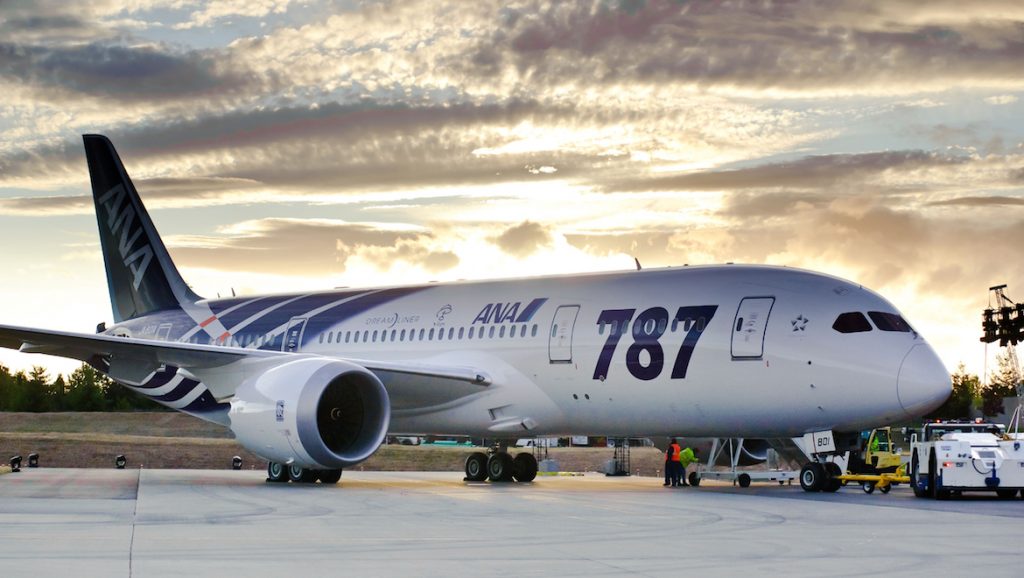
Boeing CEO David Calhoun has reportedly informed analysts that the company is pushing ahead with development of its ‘New Midsize Aircraft’ (NMA), or Boeing 797, despite posting a record $12 billion loss.
Progress within the NMA project, which has been in development, in part, for decades, was paused early last year amid the COVID-19 crisis.
However, the planemaker’s chief executive has now said that Boeing is currently making “progress” in terms of engineering and manufacturing of its new aircraft, as well as investing in future plane technology.
Calhoun stated the company is aiming to “offer a really differentiated product”.
Analysts suggest Boeing could launch the aircraft within 12 months, and enter it into service by 2026.
However, Calhoun appeared to insinuate development could extend over the next few years so as to ensure the aircraft is up to date with the latest aircraft technology available.
The NMA is currently expected to be a mid-market twin-aisle aircraft, with capacity of up to 270 seats, and a range of up to 11 hours. The aircraft would sit between the single-aisle 737 and the wide-body long-haul 787 Dreamliner.
It would also likely compete directly with the Airbus A321neoXLR, an aircraft that Boeing currently has no direct comparison to.
Similar to the Dreamliner, the 797 will be built from composite materials, though will have all-new engines, and be lighter due to its market in medium-haul routes.
Late last year Mr. Calhoun told media that Boeing has “some incredible underlying technologies that are going to support the point-design for that next airplane,” and it would assess the market toward the end of this year.
The news comes despite the planemaker posting a US$12 billion annual loss in 2020, and delayed its 777X program for an additional three years.
Analysts have suggested that growing competition between Boeing and Airbus, particularly in light of Boeing’s abysmyll year in 2020, is forcing the US planemaker to move ahead with the development of its own new aircraft and technologies.
As stated, the US planemaker has no aircraft in direct competition with Airbus’ A321XLR.
The largest variation of Boeing’s embattled 737 MAX, the MAX 10, comes close, seating 230 people for a range of up to 6,100 kilometres, however the A321XLR has a capacity for 240 passengers up to 9,000 kilometres.
Meanwhile, Boeing’s next largest aircraft, the 787 Dreamliner, can seat 381 to 400 passengers, however being larger and longer range, the aircraft is far heavier and thus more expensive to run.
The news comes as the US planemaker posted a record $12 billion annual loss in 2020, as the company continued to reel from the COVID pandemic, and the 20-month grounding order on its now infamous workhorse, the 737 MAX.
The impact of the MAX fiasco also forced Boeing to delay its 777X program by three years to cater for additional inspection and safety checks, at an additional cost of $6.5 billion.
World of Aviation reported in November last year that Boeing had been in contact with suppliers regarding the development of its NMA.
However, according to Boeing aircraft engine supplier Safran’s chief executive Philippe Petitcolin, suppliers were, at that time, not in support of replacing the MAX.
Should airlines stop buying the MAX or fail to reabsorb it into their fleets, there has been some speculation that Boeing may first create a replacement for its out-of-production 757, a slightly larger single-aisle jet that shares a market with the MAX and A321neo family.
It is believed that this could be the beginning point for a design that could eventually pivot to a full replacement for the embattled MAX.
Petitcolin said the 737 MAX was likely to stay in service until 2035, implying the development of a successor would not start until 2027 with pre-marketing starting in 2025, however, if the MAX failed to reassert itself in the market, Boeing could theoretically be tempted to bring that forward to 2022-23.
“The success or otherwise of the return to service of the MAX could – I am speaking hypothetically – influence Boeing’s decision whether to launch a plane earlier,” Petitcolin said.
A new model is “in the realm of possibilities even if today it is not the solution or option that we consider the most probable”, he said.










